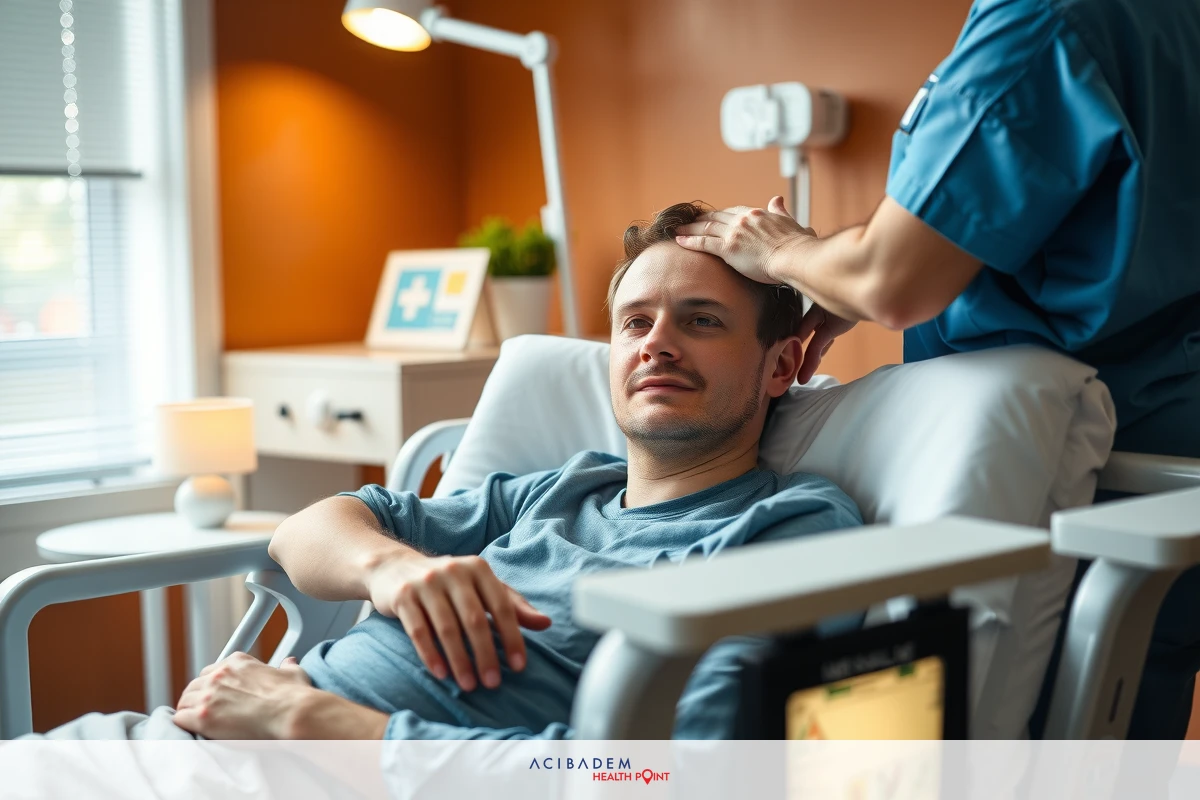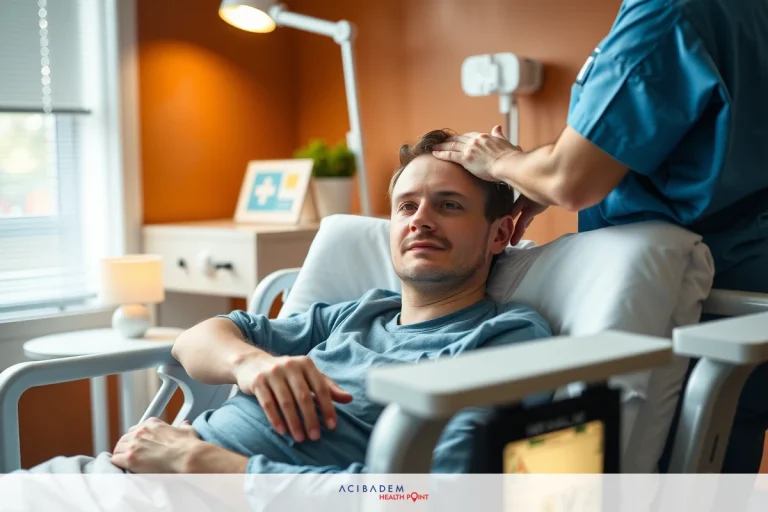How to Reduce Swelling Eyes After Rhinoplasty
How to Reduce Swelling Eyes After Rhinoplasty Rhinoplasty, a prevalent solution for individuals unhappy with their nose’s appearance or function, can frequently result in temporary swelling around the eyes. This post- operative effect may lead to discomfort and temporary vision distortion. It’s essential for patients to familiarize themselves with effective strategies that can minimize this impact on their recovery process.
The aftermath of rhinoplasty may seem daunting as one navigates through the healing process. Yet, simple remedies such as immediate post-operative care practices and cold compress therapy can offer surprising relief. Gentle massage techniques also play an important role in mitigating puffiness. By incorporating these methods into your recovery routine, you could experience a smoother transition back to normality after surgery.
Immediate Post-Operative Care
Rhinoplasty is a transformative journey, beginning with surgery and extending into the days that follow. One of the immediate challenges faced post-surgery is swelling around the eyes – a natural response to surgical trauma. However, there are various steps in post-operative care that can help reduce this swelling and expedite recovery.
Immediately after rhinoplasty, it’s essential to maintain an elevated head position while sleeping or resting. This simple yet effective measure aids in reducing blood flow to the facial area, thereby minimizing eye swelling. Hydration plays a pivotal role during this phase of recovery; drinking ample fluids helps flush out toxins from your body which might otherwise contribute to inflammation and prolonged healing time.
Incorporating mild physical activity like walking can also be beneficial as it promotes better circulation and reduces chances of blood clots forming. Yet remember not to engage in strenuous exercise – such activities could potentially lead to complications during your recovery period.
The use of over-the-counter medication for pain relief should be approached judiciously since certain drugs have been associated with increased bruising or bleeding risk following rhinoplasty. Consulting with your doctor regarding appropriate medications can save you unnecessary discomfort down the line.
Remember that each person’s experience varies based on individual factors including their general health status prior surgery which may influence the degree of swelling experienced post-rhinoplasty. It is therefore crucial to follow customized advice provided by your healthcare professional for best results. This path towards recovery might seem daunting at first glance but with proper care, patience and adherence to these tips – you are well on your way towards a smoother transition back into normality!
Cold Compress Therapy
Cold compress therapy is a tried and true method in the arsenal against post-surgery swelling. The principle behind this simple yet powerful tool lies in its ability to constrict blood vessels, thus reducing inflammation around the eyes after rhinoplasty. While it may seem like an inconsequential step amidst all other recovery strategies, incorporating cold compress techniques into your routine can significantly expedite healing.
The process of applying a cold compress is straightforward but requires diligence for optimal results. It involves placing a chilled pack on the swollen area around the eyes for short intervals throughout the day following surgery. Ensure that direct contact with ice is avoided as it could lead to skin damage – always wrap your cold pack in soft cloth before application! Regular practice of this technique has been associated with reduction of puffiness and easing discomfort; it aids bruise resolution too enhancing visual outcomes from your rhinoplasty procedure.
While there are many commercially available cool packs designed specifically for facial use, homemade

alternatives work just as effectively if used correctly. A bag of frozen peas wrapped in tea towels or a spoon left chilling overnight in refrigerator makes excellent makeshift cold compresses! Remember not to apply these directly onto skin though; always use protective barriers such as fabric between them and surface areas being treated so you don’t end up causing frostbite instead!
With patience, persistence and correct utilization – implementing cold-compress therapy will have you witness noteworthy improvements within short span post- operation! It is indeed a testament to the fact that sometimes simple remedies can yield powerful results. And in your journey of rhinoplasty recovery, these small steps will gently guide you towards your desired aesthetic goals while ensuring a comfortable healing process.
Gentle Massage Techniques
In the realm of post-operative care for rhinoplasty, gentle massage techniques have emerged as a valuable ally. This non-invasive approach can provide considerable relief from swelling around the eyes and enhance overall recovery experience. By promoting blood circulation and lymphatic drainage, these methods facilitate quicker healing while also providing a soothing effect.
The key to effective massaging lies in its execution; it needs to be done gently with mild pressure so as not to cause additional trauma to the tender skin and tissues surrounding your eyes post-surgery. Utilizing fingertips or soft cloth, apply light circular movements starting from inner corners of your eyes moving outwards towards temples – this aids in pushing accumulated fluid away thereby reducing puffiness.
Another technique involves lightly pressing down along brow bone area then sliding fingers downwards tracing orbital bone underneath eye which houses tear ducts that are responsible for draining excess fluids out body thus helping alleviate swollen appearance resulting from rhinoplasty procedure.
It’s important however keep in mind these massages should only begin once initial acute phase has passed (usually after first week) as doing them prematurely might risk damaging surgical site instead! Always consult healthcare professional before incorporating any new element into your recovery regimen ensure safety efficacy both!
Despite being seemingly mundane task on surface level, implementing gentle massages plays profound role speeding up recovery process by alleviating discomfort associated with inflammation enabling you resume daily activities sooner than anticipated without compromising health outcomes or aesthetic results derived through rhinoplasty procedure itself! So go ahead give this simple yet potent strategy try witness transformative impact firsthand!
Frequently Asked Questions
How long does it usually take for the swelling around my eyes to decrease after rhinoplasty?
The timeline can vary greatly from person to person based on individual factors such as age, overall health status, and how well post-operative care instructions are followed. Generally, most patients observe significant reduction in eye swelling within two weeks following surgery.
Can I use any type of cold pack for my compress therapy or do I need a specific kind?
While there are specialty cold packs designed for facial use available in the market, you can also make your own at home using items like frozen peas or chilled spoons. Remember always to wrap your chosen cold source in a cloth before applying it to avoid skin damage!
When should I start incorporating massage techniques into my recovery routine?
It's best not to rush into this! You should typically wait at least a week after surgery before starting gentle massages. As every case is unique though, consulting with your healthcare provider first is highly recommended.
If the swelling becomes worse rather than better over time, what should I do?
Although some amount of swelling is normal after rhinoplasty procedure, if you notice an increase instead of decrease over time or experience severe pain and discomfort - it could be an indication of complications. In such cases immediately contact your doctor who will guide you further based on clinical evaluation.











